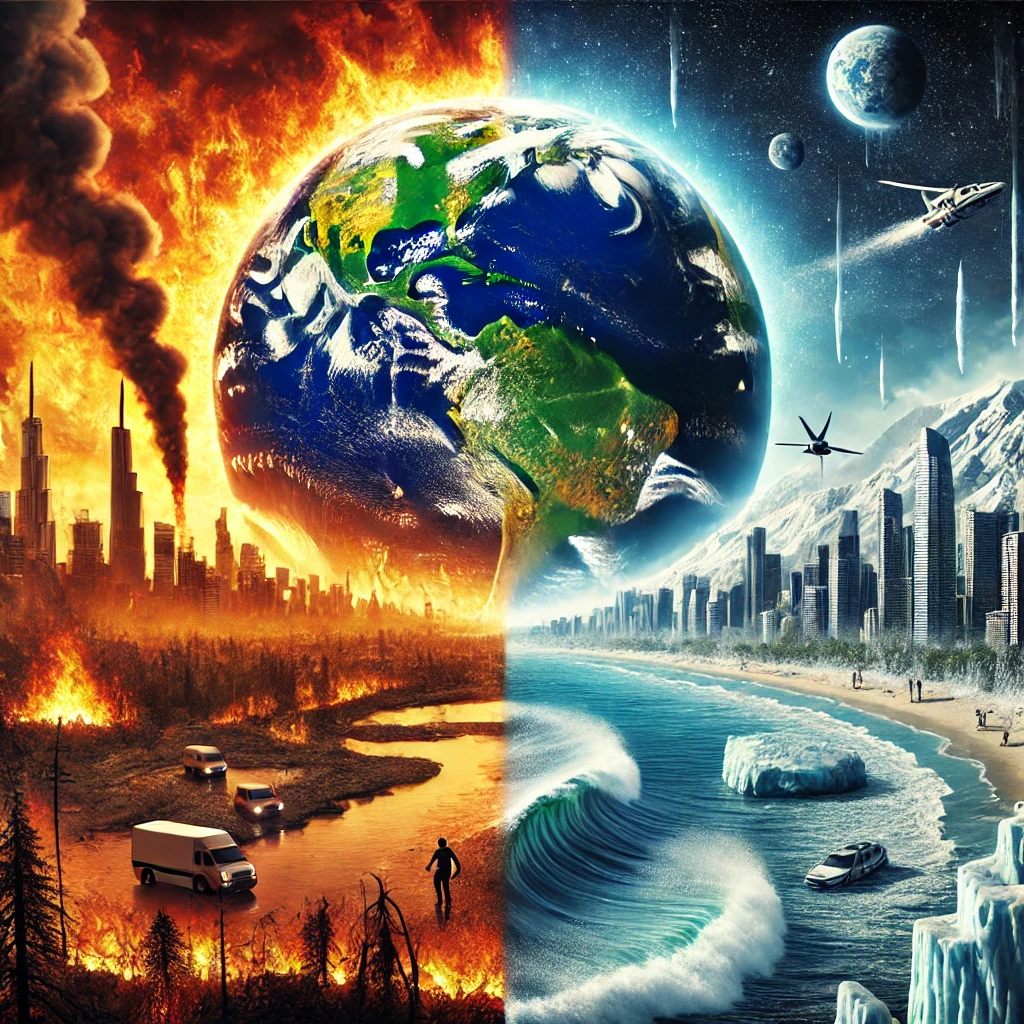
The radio industry is poised for an interesting evolution in the next 10 age, marked by the logical integration of mathematical media into the fabric of our lives. As the mathematical age continues to change the landscape, the coexistence of established and digital television will shape the industry’s path forward. This item delves into the future prospects of the media industry, emphasize the pivotal parts of both digital and usual media in this place transformative journey.
The rapid progress of technology will certainly define the next decade of the news industry. Digitalization, before a driving force, will reach new heights, doing how content is constructed, distributed, and consumed. Traditional publishing, while facing challenges, will find creative ways to adapt and coincide with its mathematical counterparts.
Digital news will continue to expand allure footprint, helping to the preferences of a tech-savvy hearing. The proliferation of surging services will lead to more various and personalized content use experiences. The line between inventors and consumers will cloud further, with user-create content becoming an basic part of the media countryside. Social media platforms will wait crucial for content giving, news updates, and construction online societies.
Augmented reality (AR) will play a transformative act in how we communicate with media. AR occurrences will become more refined and integrated into various forms of content. Interactive advertisements, mesmerizing storytelling, and instructional applications will redefine hearing engagement and specify new revenue streams for the industry.
In the domain of traditional media, a recalibration is impending. Print media will stretch to transition toward digital planks, offering combined use of several media experiences that go beyond handbook. Television will adapt to changeful viewing habits, providing a blend of live broadcasts and on-demand content through composite models. This convergence of usual and digital elements will improve the viewing occurrence.
The convergence of digital television and traditional television will birth innovative hybrids. Interactive video shows and movies that enable witness participation will enhance more prevalent. Cross-media narrative will transcend manifestos, engaging audiences across differing touchpoints. This integration will not only maintain traditional media appropriate but also offer new forms of date for the audience.

Digital marketing will wait a cornerstone of the manufacturing’s future. Brands will harness data analytics to generate hyper-guide campaigns that resonate with particular segments of the audience. Personalization will be key, accompanying marketers leveraging AI and machine learning to accept consumer behavior and priorities.
Global media will enhance even more interconnected, with content passage geographic and enlightening boundaries effortlessly. Language obstructions will be broken down, and television companies will leverage localization to reach worldwide audiences in significant ways. This will foster better understanding and appreciation of diverse sophistications.
In summary, the future of the media manufacturing in the next 10 years will be characterized by a agreeable coexistence of mathematical and traditional media. The manufacturing will be shaped for one evolution of technology, the increasing influence of digital news, and the creative fusion of miscellaneous forms of content. As we navigate this transformational journey, it’s clear that the media industry’s future is active, interconnected, and ideal with opportunities for novelty and engagement.


